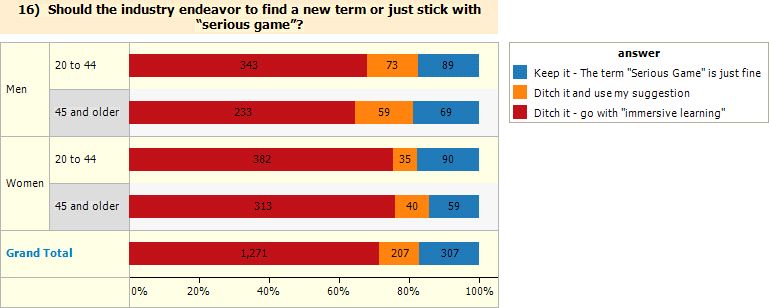My Mom’s been here the past few days visiting (hence the lack of action here). She hadn’t been up in a long time since my Dad wasn’t strong enough to travel, and after he passed away she’s been afraid to leave since she’s trying to sell her mobile home. However, I finally convinced her she didn’t have to be around for the place to sell. She had a great time, having been afraid the logistics would be difficult, but they weren’t.
It’s been a time for a multitude of reflections, about aging, slowing down, but also about learning and trying to be wiser. Age brings gifts as well as infirmities. If you pay attention (and that can be a big if), you have the opportunity to learn from the events in your life, and also across them. Most of us do the one, but I think the larger one, looking for patterns, is less ubiquitous.
Speaking of looking for patterns, I was reminded of the value of collecting data. On a project I learned about the Personal Software Process (PSP) from Carnegie Mellon’s Software Engineering Institute, which is about documenting your estimates, your actual work effort, and then the Team Software Process (TSP) where within the team you circulate your work to find errors, and document those too. The point is to improve your estimates, and your code. The interesting thing is that there’s no reason that applies only to software! They say that the overhead is more for a couple of weeks, but then drops down. I confess I haven’t tried it, but that’s partly because what I’m doing varies so much I can’t figure out how to categorize it.
Ideally we have people to work with who can provide good feedback, but that’s not always possible or easy. I think one of the things about software is the ‘cowboy’ mentality where they crank out code without reflection and often without review. Extreme programming has helped, and recently someone posted about using that approach in elearning design. I’m having a senior moment remembering who said it, but it’s an idea worth thinking about. Speaking of senior moments, I learned the term from my Mom. Having come full circle, I’ll stop there.
